- The Mercedes-AMG S 63 achieves its impressive output by combining a twin-turbo V8 and an electric motor.
- Its 13.1-kWh battery pack allows for an estimated 16 miles of electric-only cruising.
- Costing $209,900 as tested, the S 63’s world-beating performance doesn’t come cheap.
Tested: 2024 Mercedes-AMG S 63 E Performance Overcomes Physics With Supercar Power
Seriously, this opulent sedan out-muscles a Pagani Huayra supercar
Performance plug-in hybrids are having a bit of a moment. Whether you're looking at a BMW M5 or a Porsche Panamera Turbo S E-Hybrid, or fully dumping out your wallet for a Bentley Flying Spur Speed, electrification is how you turn an opulent heavyweight into a supercar fighter.
The Mercedes-AMG S 63 E Performance — a car whose name is nearly as complex as the engine and electric motor combo that powers it — joins this list with hardware both old and new. This behemoth starts at $183,400, including destination, while extras such as $6,500 China Blue paint and a two-tone $10,500 Exclusive Interior adorned with a personalized leather finish and striped piano black trim push its as-tested price to $209,900.
2024 Mercedes-AMG S 63 E Performance Tested
2024 Mercedes-AMG S 63 E Performance | Edmunds test results |
|---|---|
| Engine | twin-turbo 4.0-liter V8 and single electric motor |
| Power | 791 hp |
| Torque | 1,055 lb-ft |
| Transmission | nine-speed automatic |
| Driveline | AWD |
| Weight | 5,934 pounds |
| 0-60 mph | 3.1 seconds |
| Quarter mile | 11 seconds @ 126.5 mph |
| 60-0 mph braking | 107 feet |
| Lateral grip (200-foot skid pad) | 0.98 g |
| Price as tested | $209,900 |
Big power, big complexity
The S-Class is hardly a simple machine, and the E Performance pushes its mechanical complexity to new heights. At its core, you’ll find AMG's ubiquitous twin-turbo 4.0-liter V8 paired with a nine-speed automatic transmission and all-wheel drive. So far, so simple.
Focus on its back axle, however, and things quickly get complicated. That’s where you'll find an electric motor, a small battery pack and a separate two-speed transmission (which, yes, you can feel upshift under hard acceleration). Yet despite being a mechanic’s nightmare, we can’t argue with the numbers. With combined effort, this V8 and electric motor produce a staggering 791 horsepower and 1,055 lb-ft of torque. Does the supercar comparison still feel hyperbolic?
On our test track, the S 63 quickly proved itself an overachiever — literally. The E Performance bested AMG's advertised 3.3-second 0-60 mph time, completing the run in 3.1 seconds. For context, the plug-in hybrid 2025 Bentley Flying Spur Speed we tested took slightly longer at 3.3 seconds, but that was an expected outcome considering it produces less power and torque. If a nearly 3-second sprint is too quick, the S 63 can also complete the 0-60 run solely using electric power, although it’ll take a pedestrian 11 seconds to do so.
The big Merc continued its charge, finishing the quarter mile in 11 seconds at 126.5 mph. It's a feat that becomes more impressive when you learn that the S 63 boasts 5,934 pounds worth of diamond-stitched leather, blue metalwork and 13.1 kWh worth of batteries in the trunk. The aforementioned Bentley practically matched the S 63’s quarter-mile time (11.1 seconds) despite it carrying some extra heft (6,060 pounds).
An opulent athlete
An S 63 isn’t expected to be as nimble as AMG's C 63 or E 53 sedans, but it nonetheless comes well equipped for the task. By pairing an adaptive air suspension, active roll stabilization and rear-axle steering, it's more than willing to dance in the bends. On our skidpad, this chassis balance, paired with a high level of mechanical grip, allowed the E Performance to generate 0.98 g. Interestingly, that matches what we got in an AMG E 53 and is only 0.01 g off the smaller C 63. In fact, a different S 63 we tested last year did even better, scoring 1.0 g on the same course. It achieved this peak figure with its electronic stability control system dialed into its Sport setting, permitting a controlled amount of rear-end slip while ensuring that its nose simultaneously tucked neatly into a bend.
"This car is far more lively and capable than I expected," said vehicle test editor Reese Counts. "You can fully defeat stability control. With it off, you can get some real oversteer going. It's not uncontrollable, but it can feel a little unsettling in such a big car when the rear steps out. Once you find the limit, it's easy to hold it there."
In terms of braking performance, the S 63 E Performance took 117 feet to come to a stop from 60 mph. While that’s not the shortest distance among sport sedans we’ve tested, it's nonetheless impressive for such a heavy machine. However, the Flying Spur has it beat, managing a shorter 114-foot distance.
If there’s one common theme with the S 63, it's consistency. During our testing, it completed back-to-back 0-60 mph runs with no loss in performance. It’s a similar story in the braking zones, where the S 63 stopped consistently with only slight deviations from its shortest distance. Yet despite its sports car-like capabilities, the E Performance remains whisper quiet at highway speeds with its V8 humming along at just 1,200 rpm at 70 mph or nearly silent in fully electric mode.
As such, this electrified AMG isn't just a straight-line monster that flinches at the sight of a bend. Despite its massive size, its handling inspires confidence while also delivering an exciting driving experience. With an as-tested price of $209,900, the have-it-all performance it delivers certainly isn’t cheap, but then again, the Flying Spur Speed we tested had a $367,060 price tag yet it didn’t outperform the Benz on most tests. It just goes to show that despite a $157,160 price delta, these plug-in heavyweights perform almost identically. As such, what are you really getting when you spend almost double for that Flying B?
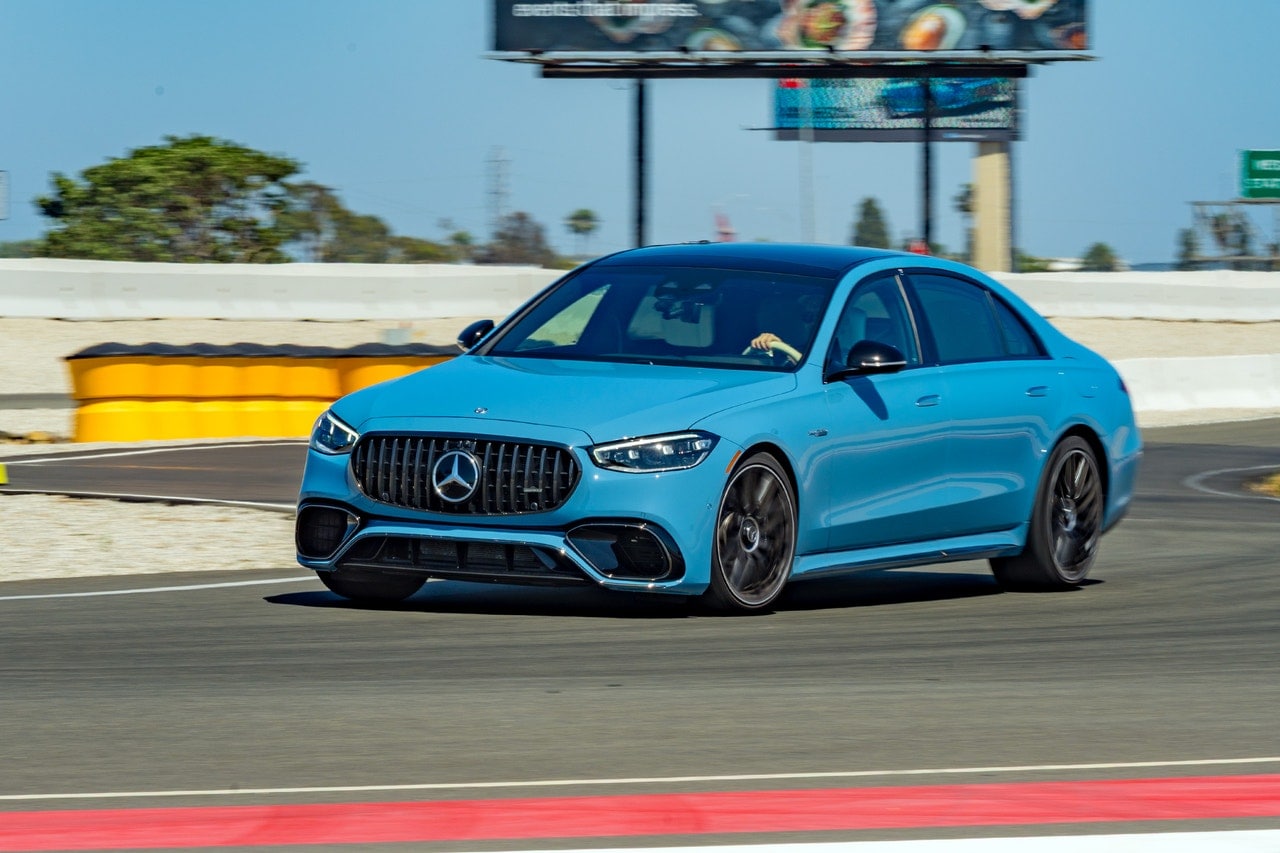
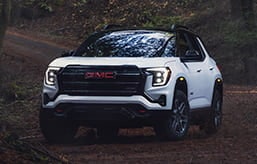
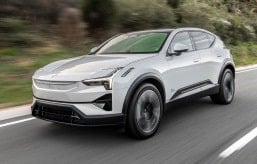
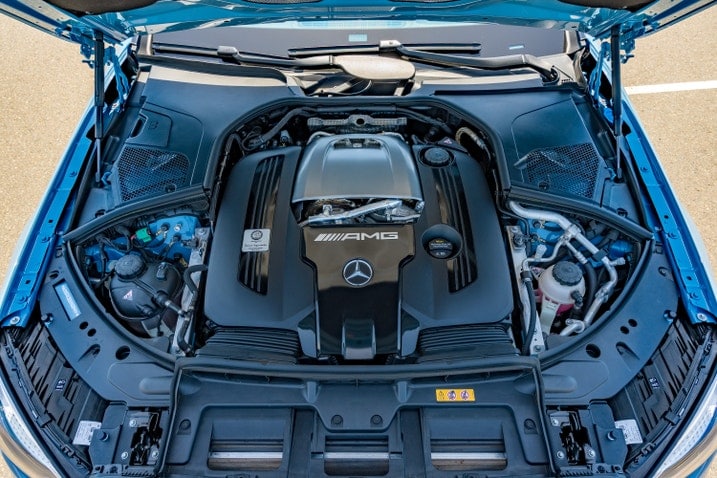
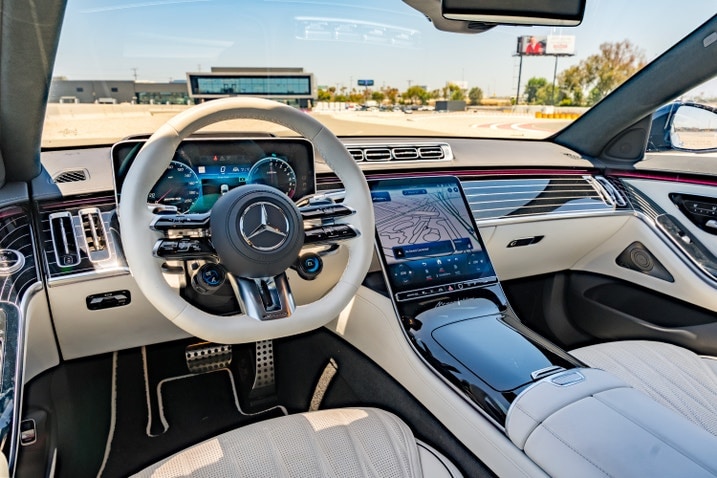
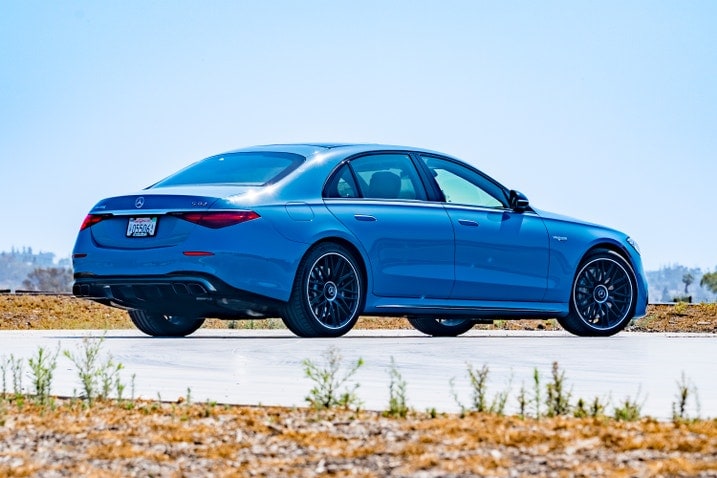
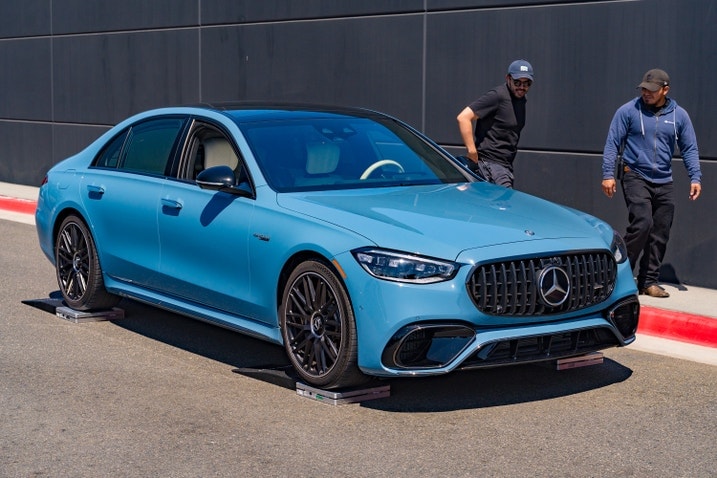
 by
by  edited by
edited by